Heliconia and its cultivation
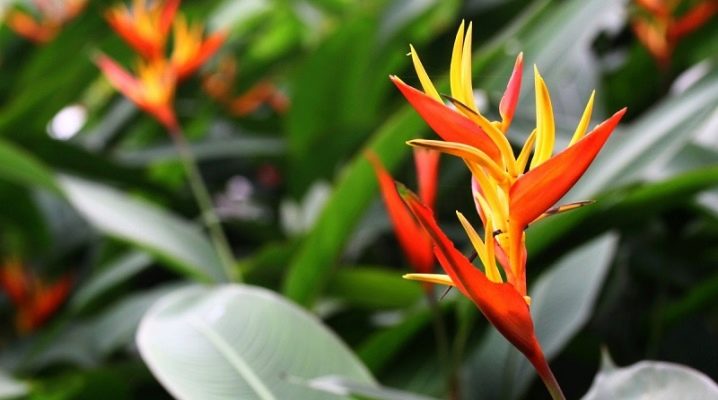
Heliconia is a popular indoor plant that can delight flower growers with bright and unique leaves, as well as large buds, for which the flower got its name. In its natural environment, it is found mainly in America and a number of eastern countries. It is worth considering in more detail the basic description of the flower, as well as the features of growing the culture.
general description
Heliconia belongs to the plant family of the same name - Helikonovs. All crops, in turn, are part of the Ginger group, which also includes cannes, bananas and, of course, ginger. It is interesting that just a few years ago Heliconia was included in the Banana family. Among the key characteristics of culture:
- height - from 30 cm to 10 m under favorable growing conditions;
- root system - horizontal type, short length;
- stems - voluminous, aboveground;
- leaf plates are large with pronounced veins and slight asymmetry.
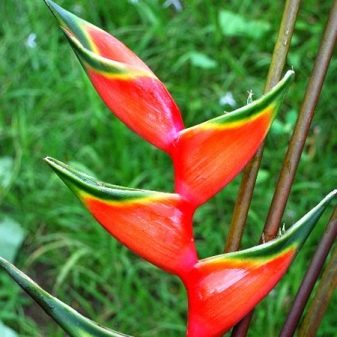
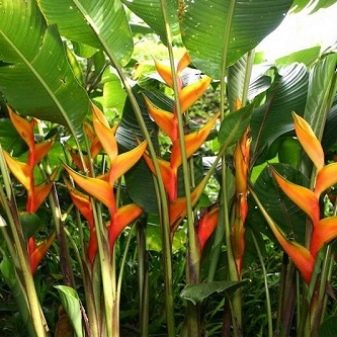
The maximum leaf length can reach 1 meter, which makes the plant quite attractive in the eyes of landscape designers. The main difference between Heliconia and banana plants is the two-row arrangement of the leaves, so the culture has recently been included in a separate family. If we consider the wild origin of Heliconia, then it grows mainly in tropical regions. Also prefers forests and coastlines with high humidity. In rare cases, it is found in the mountains, if the soil provides good drainage. With the right approach to cultivation, the "Ladies' Shoes" flower will begin to form peduncles as early as the second year after planting. The peculiarity of the peduncles is in their vertical shape and flowing inflorescences, which can also be located horizontally.
Inflorescences-curls of two-row type are covered with small leaves, which are slightly pointed towards the end, which is why the buds resemble a boat or a shoe. The unique color attracts attention and literally encourages you to enjoy the variegated pink, yellow and orange shades. Interestingly, some varieties form white flowers, which also look quite unusual. It was for this color that the plant was compared with the beak of a parrot. Color characteristics:
- color - bright;
- sizes - small;
- lifespan is a day.
Both birds and bees are engaged in pollination of Heliconia. For example, in America, hummingbirds, black bees and tanagra are responsible for the process, but in the Pacific regions bats pollinate the flower, which is quite surprising.
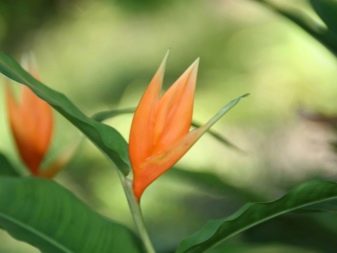
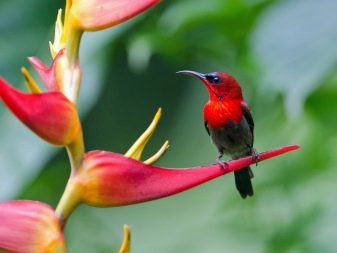
Types and varieties
The genus contains up to 2.5 hundred different varieties of Heliconia, and only a small part - 180 pieces - are presented with a detailed description in botany. It is worth considering the most popular types and varieties.
Bihai
It is the largest representative of its kind. Main characteristics:
- leaf plates are long, up to 1.2 meters;
- peduncles - contain a large number of flowers;
- vaginal sockets are reddish, less often yellow.
The flowers of the plant turn pale yellow. Also, sometimes you can find greenish buds, which also attract attention.
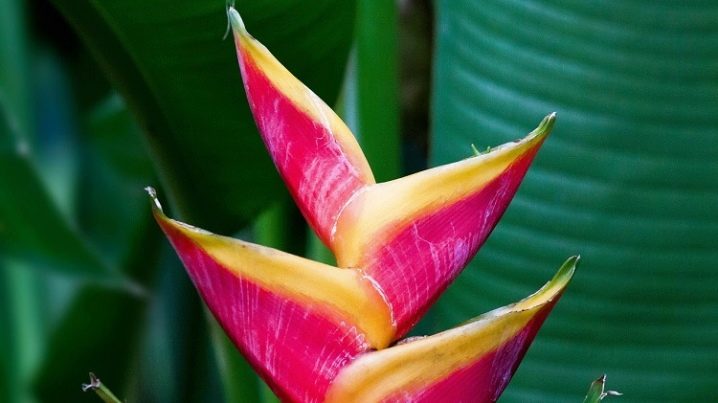
Bicolor
A special variety that can please others with colorful buds. Among the characteristics it is worth highlighting:
- stems are dense, up to 1.5 meters high;
- leaves are large, slightly pointed towards the edge;
- bracts - red.
Inside each bract, 2 rows of buds are formed, which have a snow-white color. This combination does not leave you indifferent, therefore the view is popular with landscape designers.
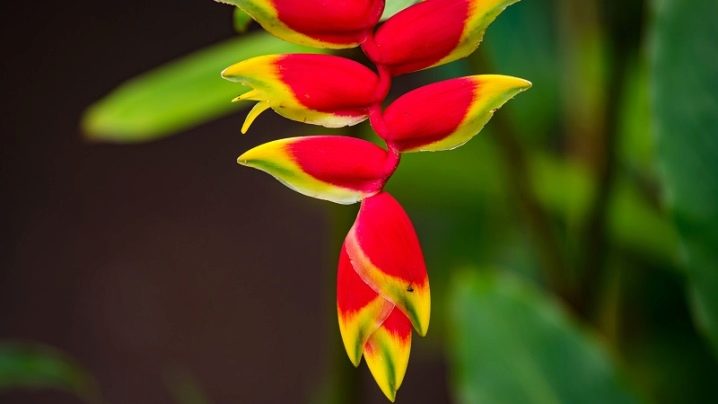
Metal
The peculiarity of the species is its low height, which is ideal for growing a flower at home. Other characteristics:
- leaf plates - deep green, rounded;
- stems are strong and powerful;
- bracts - green.
Inside them, large buds of rich red color are formed. Sometimes the plant produces pink flowers.
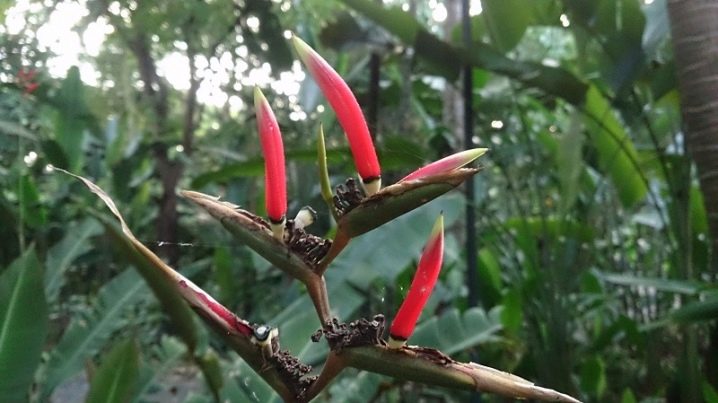
Rostral
A large flower characterized by a large number of leaf blades, which, by their shape, evoke associations with banana grass. Other features include the flat shape of drooping inflorescences and a small number of buds sitting in scarlet bracts. The shade of the petals is yellow with a small edge. Florists note that the species is quite unpretentious in terms of planting and growing conditions.
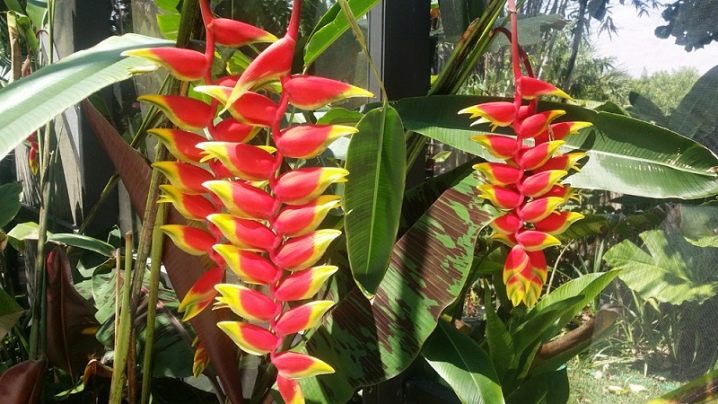
Parrot
It is considered the most common type of Heliconia, which is famous for its large leaves and colorful buds. Other characteristics:
- stems are long and powerful;
- inflorescences - spiral;
- flowers - bright, with tips painted in black.
It is interesting that the bracts of the plant are also painted in variegated tones, so it is almost impossible not to notice such a flower.

Straight
It is a compact version, the maximum height of which does not exceed 1.5 meters. The perennial plant is famous for its large inflorescences, the shape of which resembles a bird spreading its wings. This effect is achieved thanks to the buds located close to each other, which are a distinctive feature of the species. Interestingly, this plant has several varieties, including:
- "Red Bird";
- Dwart Jamaica;
- Dorado Gold.
And this is just a small part of the varieties, each of which has something unique. The listed crops are characterized by increased resistance to harsh growing conditions, rapid survival and active growth.

Indian
The key feature is the variegated color of the leaf plates, which are cast in a red-bronze tint. The leaves have an oblong shape, which also gives the plant an unusual look and distinguishes it from other crops. The flowers are small, pink, white and yellow are found among the shades. This combination of buds makes this variety popular in landscape design.

Landing nuances
Heliconia prefers moist soils with a neutral acidity level that does not fall below 6.1 pH and does not rise above 7.4 pH. For optimal results, it is recommended to thoroughly fertilize the soil before planting by mixing organic and mineral complexes. Additional recommendations:
- before planting, the soil mixture should be treated against pests by heating or freezing;
- the seeds of the plant, in turn, should be sprayed with special compounds to strengthen the immune system and accelerate the growth of the culture;
- planting is best done on a sunny day in order to immediately put the pot in a warm place.
Planting technology is not difficult if the land has already been prepared and cultivated.
- First of all, a drainage layer is laid in the pot in the form of fine stones, expanded clay or brick chips. In this case, it is important to immediately pick up a large capacity "for growth".
- Next, the volume of the pot is filled with fertile soil and abundantly moistened.
- Seeds or germinated shoots are placed in the provided recess.
- Buried with earth and carefully tamped.
- Water abundantly, put in a warm place.
When planting seeds, you can additionally cover the container with transparent material to create a greenhouse effect and accelerate crop growth.
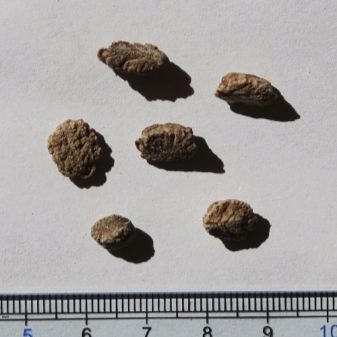
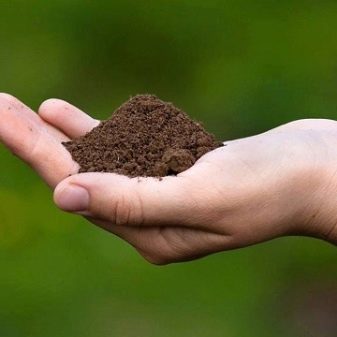
Care features
It is quite possible to grow Heliconia at home if you follow the simple recommendations of experienced gardeners. It is worth considering the main points to which you will need to pay attention when it is time to grow a crop.
- Lighting. The flower prefers sunny places, but at the same time does not like direct rays that can harm leaves and flowers.
- Transfer. It is recommended to perform the first transplant immediately after purchasing the plant. Further, it is worth replanting the culture about once a year at the same time. After a few years, the number of transplants can be reduced.
- Temperature and humidity. The optimal growing conditions will be temperatures of + 22-27 degrees Celsius. In winter, you can lower the temperature to +17 degrees. As for humidity, the indicator should be high. To do this, it is recommended to regularly spray the flower from a spray bottle and wipe the leaves and stems of Heliconia with a damp cloth.
- Watering. An important and mandatory procedure, which is recommended depending on the condition of the soil. Florists advise to ensure that the soil is always moist, otherwise the plant will quickly lose its attractiveness. For irrigation, it is better to use warm and previously settled water. In the summer, watering is carried out about once every 4 days, in the winter and autumn periods - every week or less.
- Hygiene. Over time, many different pests, bacteria and dust accumulate on the leaf plates. Therefore, periodically you should wipe the leaves with a soft sponge so as not to harm them.
- Top dressing. The plant is able to live without regular feeding. Usually fertilizers are applied during the period of active growth of the flower, not exceeding the frequency of one month. In this case, preference is given to universal formulations or liquid preparations, the use of which requires careful study of the instructions. It is important to note that you do not need to fertilize the flower in winter.
- Pruning. It is carried out mainly for the prevention of diseases. Pruning is performed after the plant has faded to prevent premature death of Heliconia. It is also recommended to regularly remove dry or rotten leaves.
The plant should be planted in large pots with a wide bottom and edges. This is especially true when transplanting adult species that can collapse under their own weight.


Reproduction
The culture is propagated mainly by seeds, which are pre-soaked in a container with warm water. Further:
- the finished seed is buried in containers filled with a mixture of sand and peat (the maximum planting depth should not exceed 2 cm);
- small pots, test tubes or cups are covered with polyethylene, transparent glass or gauze;
- containers are placed in a warm and lighted place.
It is important to note that the seeds take root and germinate for a long time. Therefore, the process of waiting for seedlings can last from a month to a year. If you wish, you can shorten the waiting period by cutting the seed with sandpaper before planting.
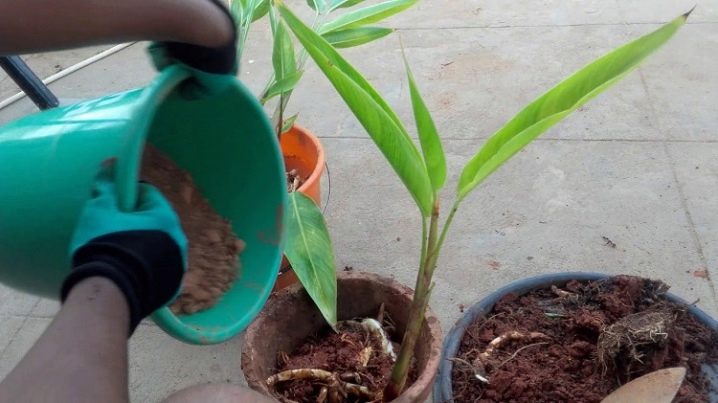
Diseases and pests
An exotic flower, although it has a fairly strong immune system, is often attacked at home by diseases and pests. You can determine the presence of trouble by the changed leaves, flowers and stems. Common symptoms include the following.
- Shoots too long. Basically, this phenomenon can be observed if the flower does not have enough light. In this case, it is recommended to rearrange the pot to a more illuminated place.
- The leaves begin to turn yellow. If the plant is actively growing, then it lacks nutrients, and thus it communicates about it. If this is a dormant period, then the room temperature is too high.
- Green leaves begin to crumble. This indicates a lack of water or humidity in the room. It is necessary to adjust the temperature and humidity conditions.
- Formation of wrinkles. They appear mainly due to a sharp temperature drop or a lack of nutrients that do not reach the roots.Therefore, the flower should be set aside from drafts and ensure regular fertilization.
- The plant turns completely yellow. This phenomenon occurs due to an insufficient amount of water introduced into the ground, which the flower communicates quite clearly.
- The appearance of brown spots and plaques on the surface of the leaf blades. This suggests that the nearby scabbard is one of the most common pests that you can get rid of with a soapy solution. You can also use insecticides, but they are best used as a last resort.
- A cobweb appears on Heliconia. This indicates the presence of a tick that becomes too active in dry air. Therefore, it is recommended to regularly spray or water the flower.
- Nematodes and mealybugs are also common pests. Insecticide preparations will help to overcome them.

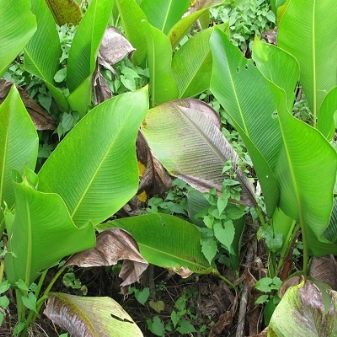































The comment was sent successfully.